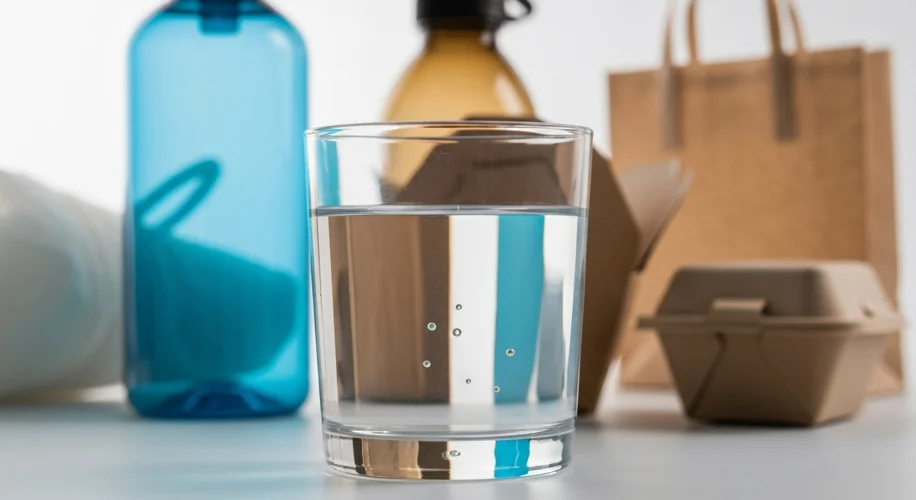Did you know that tiny plastic particles, invisible to the naked eye, are now found in virtually every corner of our planet? From the deepest oceans to the highest mountains, and even inside our bodies, microplastics have become an inescapable part of modern life. Health experts are issuing serious warnings about the potential dangers they pose, and it’s becoming increasingly clear that we need to pay attention.
What Exactly Are Microplastics?
Microplastics are tiny fragments of plastic, typically less than 5 millimeters in size. They come from a variety of sources. Larger plastic items, like bottles and bags, break down over time due to sunlight, wind, and waves into smaller and smaller pieces. We also intentionally create microplastics, such as the microbeads once found in cosmetics and cleaning products, or the fibers shed from synthetic clothing during washing.
They’re Everywhere, But Why Does It Matter?
This ubiquity is precisely why scientists and health professionals are concerned. These particles are entering our food chain and our water systems. Studies have found them in seafood, salt, beer, and even drinking water. When we consume these contaminated products, we’re also ingesting microplastics.
Once inside us, the long-term effects are still being researched, but initial findings are raising eyebrows. Some studies suggest that microplastics can accumulate in our tissues and organs. The chemicals used in plastic manufacturing, or those that plastics absorb from their environment, could potentially leach into our bodies. This is a significant concern because these chemicals are often linked to various health issues.
The Impact on Our Environment
Beyond human health, microplastics have a devastating impact on ecosystems. Marine life, from the smallest plankton to the largest whales, ingest plastic debris, mistaking it for food. This can lead to starvation, internal injuries, and even death. As these plastics move up the food chain, they can concentrate, posing risks to apex predators and, ultimately, to us.
What Can We Do?
The sheer scale of the problem can feel overwhelming, but as experts emphasize, “It is incumbent on us to act.” Here are a few steps we can consider:
- Reduce Plastic Consumption: Opt for reusable bags, water bottles, and containers. Say no to single-use plastics whenever possible.
- Choose Natural Fibers: When buying clothing, consider natural materials like cotton, wool, or linen, which don’t shed microfibers.
- Support Sustainable Solutions: Advocate for policies that reduce plastic production and improve waste management. Support companies that are actively working on innovative solutions.
- Stay Informed: Understanding the issue is the first step. Keep learning about new research and developments in this critical area.
The presence of microplastics is a stark reminder of how deeply plastic pollution has infiltrated our lives. By taking informed actions, both individually and collectively, we can begin to address this pervasive environmental challenge and protect our health for the future.

